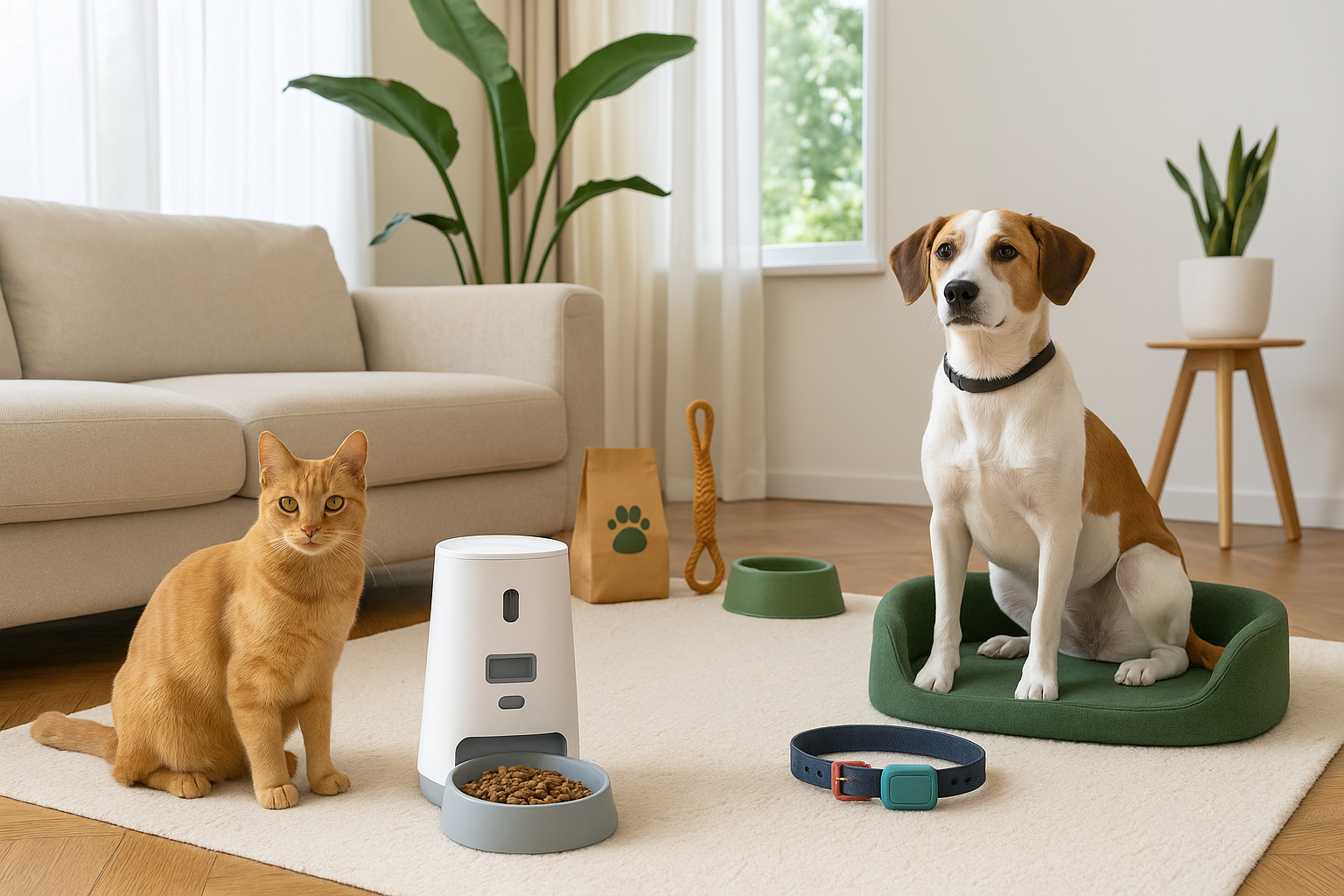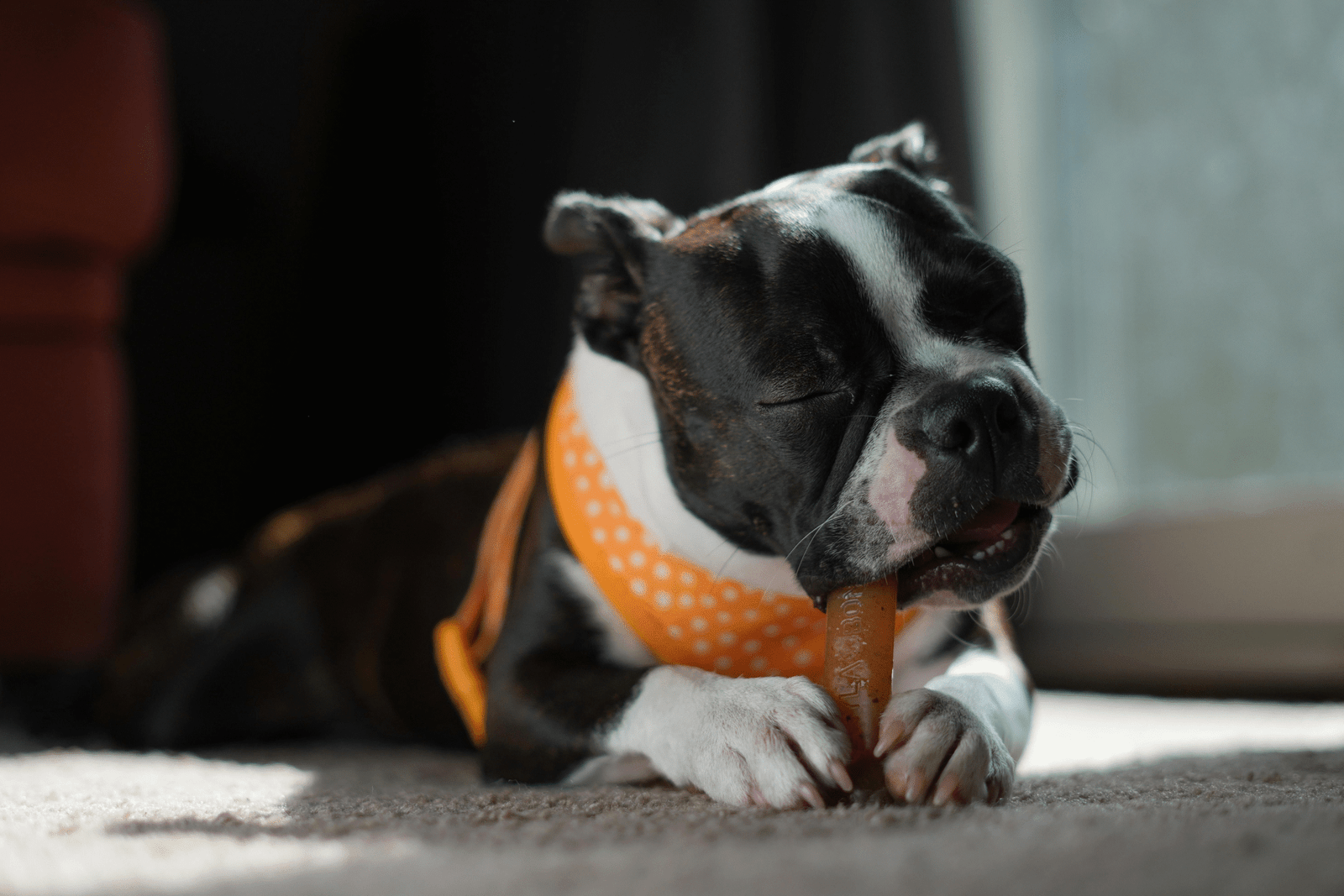
Healthy Cat Treats: What to Look For (and Avoid)
Choose high-protein options with real meat or fish, and avoid grains, dairy, and artificial additives. Learn how to spot the best (and worst) ingredients to keep your feline happy and healthy.

Smart Feeding Made Simple
Automatic feeders have been around for years, but the latest generation is much more advanced. They do more than just release food at set times. Some use recognition systems to ensure the right pet gets the right meal, while others allow owners to check feeding habits through mobile apps.
Among the favourites in Europe are:
Sure Petcare Microchip Feeder, which prevents food stealing in multi-pet homes.
Petkit Yumshare Solo, a new option that combines portion control with AI-powered monitoring and a sleek, eco-conscious design.
Whisker Feeder Robot, loved by tech enthusiasts for its app features and snack-on-demand function.
These products bring peace of mind to busy owners, ensuring pets eat well even when no one is at home.
Sustainable Choices for a Greener Future
Sustainability is no longer a niche trend; it is becoming a priority in every area of pet care. A growing number of European owners want toys, food and accessories that are kind to the planet.
Eco-conscious brands are leading the way:
Beco Pets from the UK creates bowls from bamboo and toys made with natural rubber.
BugBakes produces dog treats using insect protein and surplus vegetables, packaged in compostable bags.
Doggie Apparel gives new life to discarded fabrics by transforming them into stylish collars and leads.
Edgard & Cooper offers dog and cat food with eco-friendly packaging and natural recipes.
This focus on sustainability reflects a wider movement where owners care not only about the wellbeing of their animals but also about the impact on the environment.
Nutrition That Fits Every Pet
Just as humans turn to personalised diets, pets are benefiting from tailored nutrition. Subscription services such as Tails.com are booming in Europe, creating meals based on weight, age and health conditions.
More recently, innovative brands are exploring new protein sources. Omni has become well known for its plant-based dog food, while Meatly made headlines by introducing the world’s first treats made from lab-grown chicken, available through Pets at Home in the UK.
These shifts show that pet nutrition is no longer about standard kibble but about health, ethics and sustainability.
Travel and Lifestyle
Pets are also travelling more. Hotels, airlines and even restaurants across Europe are adapting to this demand. Dog-friendly cafés in Berlin, cat lounges in Paris and seaside hotels in Spain are now common. This movement means pets can be part of the journey rather than left behind.
Health and Technology
Wearable technology is not only for humans. Devices such as Tractive GPS trackers help owners follow their pets’ activity levels and location in real time, while smart cameras like Petcube allow people to interact with their pets from a distance, tossing treats or simply watching them play while away.
Final Thoughts
From intelligent feeders to eco-friendly accessories, from plant-based recipes to luxury travel, the European pet market is setting new standards for how animals are cared for. These trends reflect a deeper truth: pets are not just part of the household, they are part of the family, and their wellbeing is shaping entire industries.

Choose high-protein options with real meat or fish, and avoid grains, dairy, and artificial additives. Learn how to spot the best (and worst) ingredients to keep your feline happy and healthy.

Are you sure your pet treats are truly healthy? Learn how to read labels, what ingredients are beneficial, and which ones to steer clear of to keep your pet’s diet clean and nutritious.